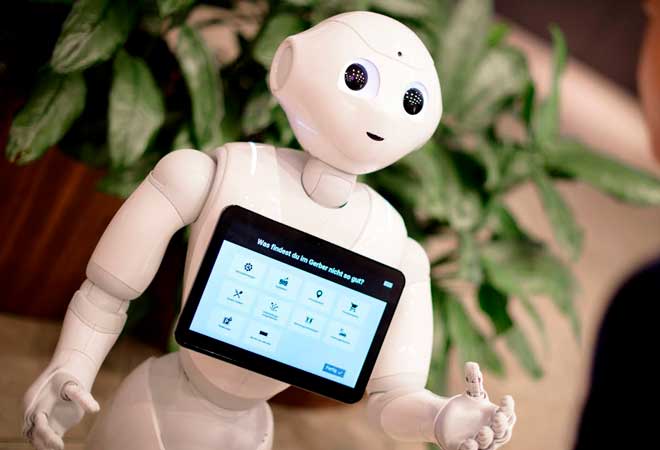Robotics and artificial intelligence are becoming more widespread in society. Behind the doors of manufacturing plants, robotics has long been a familiar phenomenon, but related devices and artificial intelligence are also gaining acceptance among the public. But what is the genuine attitude of the population? Does artificial intelligence alienate them, are they frightened by robotics? Are they afraid of the consequences of their daily lives? In this article, we will explore this question.
AI is in many homes and almost every jacket pocket. In everyday life, some forms of AI are used willingly and frequently, although many users would deny intelligence to the devices in question. Still, artificial intelligence is predicted to have a great and glorious future.
AI could increase gross domestic product by 1.2 percentage points annually by 2030. Compared to humanity's most significant achievement to date, the steam engine, this means that if steam engines increased GDP by 0.3 percentage points a year and modern information technology increased GDP by 0.6 percent, AI will eclipse it all.
How, however, did AI come into people's daily lives and is ever-present in them?
Smartphone - AI in mobile devices is ever-present. AI drives voice input, and at the same time, devices naturally use all sorts of AI-based algorithms to make our daily lives easier.
Voice assistants - these too incorporate AI, provide answers to questions and now control innovative electronics throughout the home.
Intelligent systems - heating, lighting, blinds, alarms, video surveillance: many of these devices now work smartly, controlled either by command or by a fixed program.
Household electronics - a coffee machine has long ago become a smart one. The device switches itself on, grinds coffee, and waits for the user with a hot cup of delicious coffee.
Vacuum cleaners - now robotics comes into play. Devices always contain artificial intelligence, but its pronounced depends on the model. However, even the simplest models recognize particularly heavy soiling on their own and switch to the appropriate mode; they also process sensor impressions independently. Intelligent devices are equipped with artificial intelligence, which (after the user names the room) automatically directs the device to the fitting room or leaves a corner for the dog to lie in for the day. The same, of course, applies to intelligent mop robots. This type of robot vacuum cleaner shows what such devices can do.
People worry about the future with artificial intelligence
The numbers are precise: Worldwide, two out of five people worry about artificial intelligence and its capabilities. Of course, on the other hand, artificial intelligence is already present in everyday life, but there are concerns about their safety and privacy.
But who are the skeptics of artificial intelligence? Surveys have shown that older people aged 55 and over are more likely to express skepticism. Younger people, by contrast, are more open about the issue. However, the underlying reasons for concern and doubt cannot simply be minimized. After all, at its core is the fear that AI technology may fall into the wrong hands or that AI will eventually get out of control on its own. According to the surveys, the impact on society is also hard to predict.
All groups have in common that people are, for the most part, open to and use new technology. Education about the possibilities and what is behind AI is often lacking. For example, many people associate the term with scenarios from movies or TV shows, but not with intelligent voice search on a smartphone. The idea that AI will completely take over the world of work also often remains insufficiently enlightened. Such ignorance, meanwhile, feeds back fears and, therefore, rejection.
How can we improve attitudes toward AI among consumers?
Education is the first and most crucial step. But beyond that, straightforward - and understandable - facts need to be established:
Safety safeguards - who is responsible if the AI goes off the rails or makes a mistake that results in a traffic accident, for example? Autonomous driving is the loudest word here. On a smaller scale, it means: who is responsible if your robotic lawnmower artificially mows all the flowerbeds outside your neighbor's house?
Transparency - AI has not yet reached the point where it can process and compute everything "in its head." Thus, data is constantly being sent to servers, sending responses. But what happens to the data, and how secure is it? After all, many AI-enabled smart devices stand in the middle of home privacy.
At some point, the media turns to them as well. Instead of the excellent headline "AI is taking over the entire department of Company X," the headline should be less scary because, after all, the text clearly states that AI is only doing an initial assessment.
Conclusion - Uncertainty breeds fear.
Humanity is not entirely against robotics and artificial intelligence; many people use them daily, and others are pretty comfortable with being advised on products by artificial intelligence. Nevertheless, there is often a great deal of uncertainty that is not explained at all or only presented in a hard way. Many people know that the future is in robotics, artificial intelligence, and other industries, but how that happens needs to be explained.




